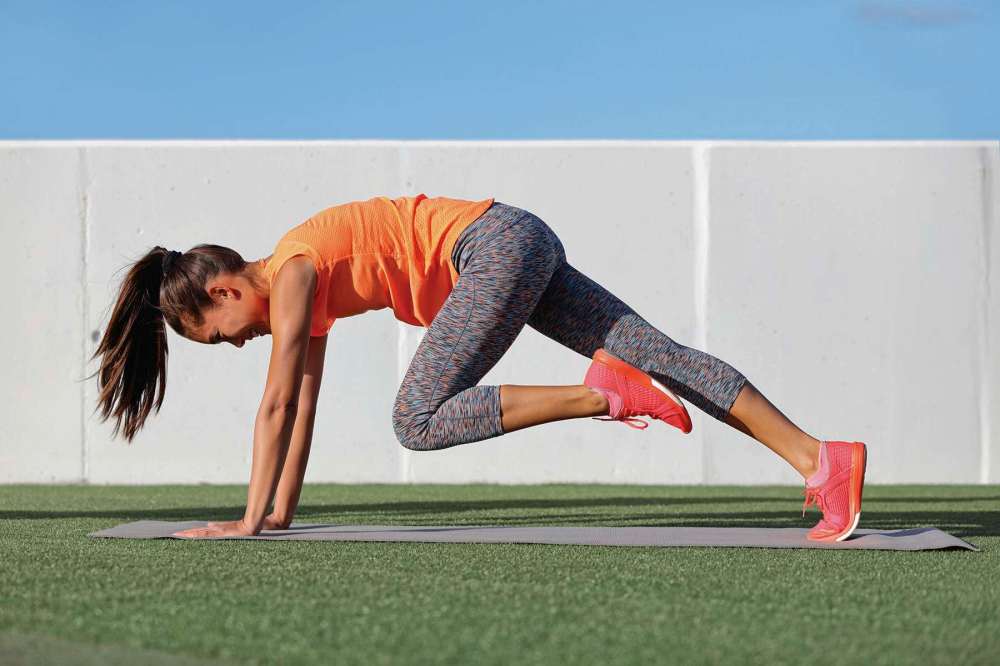How to get strong without weights
Advertisement
Hey there, time traveller!
This article was published 13/04/2020 (2043 days ago), so information in it may no longer be current.
Whenever I think of getting strong, I imagine barbells and dumbbells.
However, with the current situation, many of my clients are stuck at home without any equipment. The burning question has been — how do I get strong without weights?

There is good news and bad news. The good news is that you don’t need any equipment to get strong and fit. The bad news is that it’s not easy to find a good coach who can design a truly effective bodyweight program. A well-designed at-home program requires knowledge, planning, experience, and creativity.
Perhaps the easiest way to make a workout harder when you don’t have any equipment is to simply do more repetitions. When squatting with weights for example, a common strength program involves doing sets of five heavy repetitions. However, if you are not loading up the squat, you could potentially do 30 repetitions or more in a single set.
Many of the workouts being posted online at the moment take this approach. That kind of volume will certainly make a workout more challenging but it’s not the only way, nor the best way, to achieve results. This strategy gets boring fast, and it’s absolutely unnecessary, especially when there are so many effective ways to create progressions when training calisthenics.
When looking for an online training program, be sure to look for a variety of movements, a variety of intensity levels and variations in volume. This is how we get fitter and stronger.
Here are my top strategies for building strength using just your bodyweight:
First, explore unilateral training. Unilateral means using only one side of your body. In the context of fitness, this usually means using only one leg or one arm at a time. If, for example unweighted squats aren’t very challenging for you, try single leg squats. You will need to support your entire body weight on one leg instead of two, so this is equivalent to doubling the load. This is a fantastic way to get stronger without lifting weights.
Another way to increase the intensity of a bodyweight exercise is to use tempo. Tempo means doing the exercise at a specific speed. This can also mean isometric training, meaning pausing, or holding an active position for a specified amount of time. If we use pushups as an example, that could mean taking a full five seconds to lower your body, pausing for five seconds at the bottom, pushing up and pausing again at the top. Slowing down and adding pauses increases the amount of time that the body is under tension. Increasing time under tension can be an effective way to build strength and build muscle when you don’t have access to weights to lift.
Another great way to get stronger without any external loading is to use plyometrics. Plyometric training involves jumping, bounding, or otherwise using gravity to train explosive strength and speed. This type of training is often reserved for more advanced athletes so we recommend building up slowly, but it’s an excellent way to create adaptation and progress in an at-home workout program.
Tania Tetrault Vrga is owner and head trainer at CrossFit Winnipeg. Send questions to her at www.crossfitwinnipeg.com




